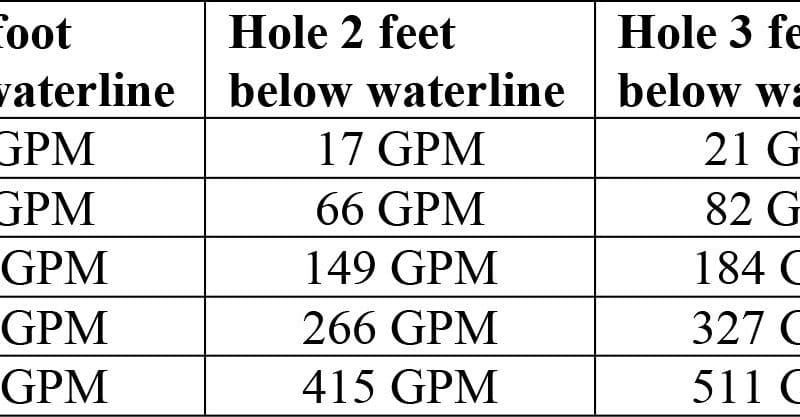29
Jun
A hole or break in your boat’s hull is among the worst situations you can face offshore. If your boat is sinking, sort out what to do immediately and what can wait. The first priority is to determine how much water is coming in the hole. Flooding means water is coming in faster than the bilge pump(s) can pump it out. Any lesser amount is leakage, not flooding. Though the difference may seem obvious, it is an important distinction. Leaks can be controlled by pumping alone — no other immediate action is required. Flooding, on the other hand, must be…



